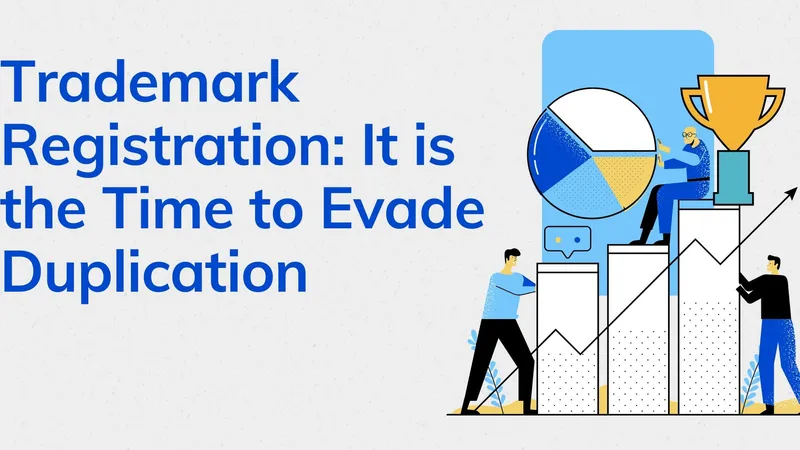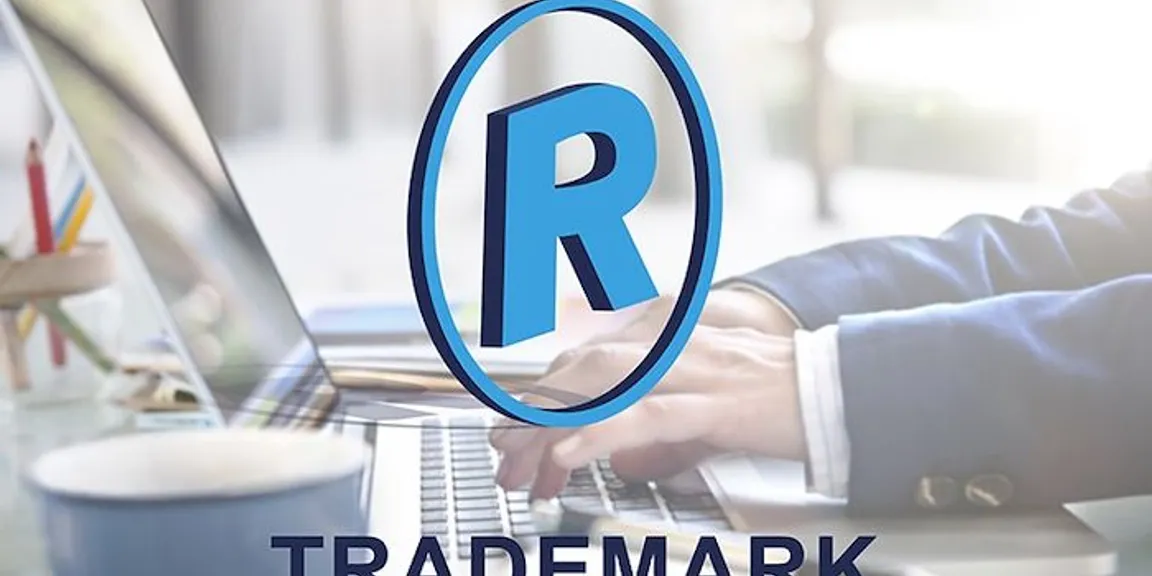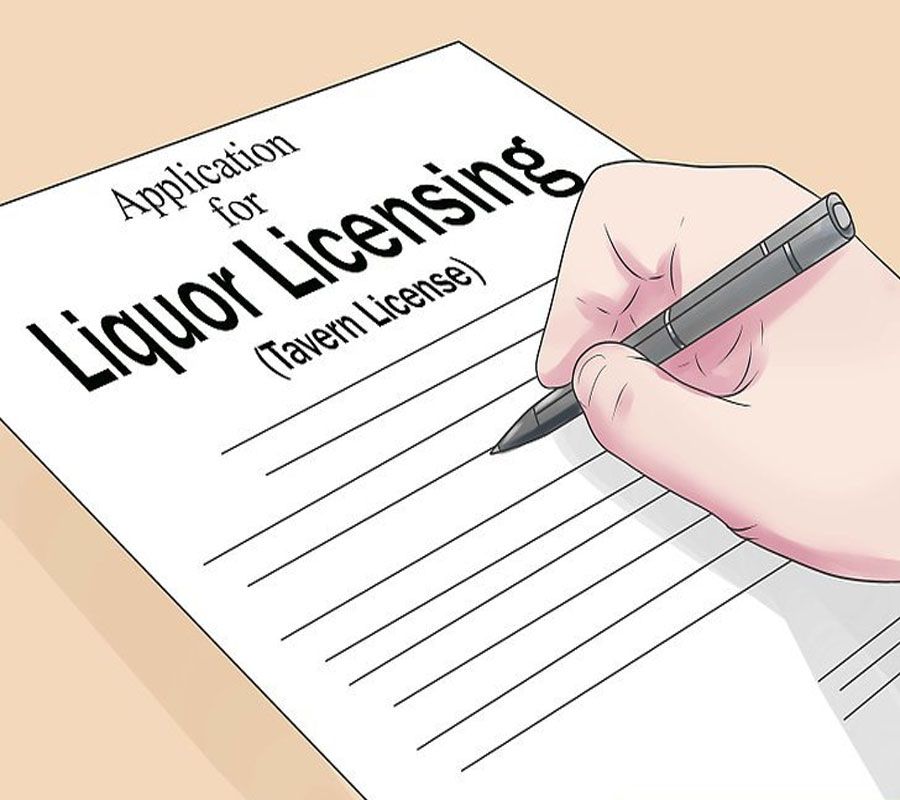

Trademark Registration: It is the Time to Evade Duplication
Ultimate Guide on the Concept of Trademark Registration

A most crucial aspect of modern business is Intellectual Property. Intellectual Property is the blend of Trademark, Copyright, Patent, Integrated Circuit, Trade Design, Industrial Circuit, and Geographical Design. Intellectual Property is a valuable asset for any business or company. One of the primary roles of Intellectual Property is to create a healthy environment in the market. As a result, both manufacturers and traders can develop their products efficiently and effectively.
Trademark is one the branch of Intellectual Property Right. Trademark comprises of any name, word, device or symbol, or any combination used. Trademarks are used in business to identify and separate goods of one manufacturer from another. They are also used to signify the source of products. Registration for Trademark provides the owners/ manufacturers with an easy way out to set up their rights to the trademarks in the courts and obtain royalties. In brief, Trademark is a “logo” or “brand” for business, which is used by the producer to discriminate his goods and services from others. Moreover, Trademark is also used to create a distinct identity of the goods and services. Lastly, Trademark helps in establishing the source as well as the quality in products.
Big brands like Coca Cola and Pepsi are the best examples for trademarks in the same industry.
Trademark Registration
According to section 18 subsections (1) of the Trademarks Act, 1999, any person who is the owner or proposed to be the owner of the Trademark may apply in writing in the prescribed format for the trademark registration. Moreover, it is significant to mention that the term “any person” means an association of person, partnership firm, trust or a company whether incorporated or not and even includes state government and state government.
The application filed must contain details of the goods and services, name of the mark, class of the goods and services, period of use of the Trademark, name and details of the applicant filling the applicant.
Benefits of Trademark Registration
- Trust/ Goodwill
- Legal Protection
- Business Opportunity
- Brand Value
- Exclusive Rights
- Unique Identity
- Power to transfer the Trademark
Process for Trademark Registration
Procedure for Trademark Registration of the brand name is not an intricate task. All it needs is the fulfilment of the simple steps provided below. These steps help the applicant in acquiring the much needed legal protection of the brand. Following are steps required for the registration of a Trademark –
- Trademark Search – Search for the name, device, logo intended to be applied as Trademark. Trademark Search helps in getting the knowledge about the similar prevailing Trademarks.
- Apply for the Trademark Registration – This step requires the filling of the Trademark application form at the Trademark Office in India. The Indian Trademark offices are located in the four metropolitan cities, i.e. Kolkata, New Delhi, Chennai, and Mumbai. Further, nowadays, application for the Trademark registration is filed online. After the filing of the application, an official receipt for the future reference is issued.
- Trademark Examination – After, the filing of application, examiner examined the application for any discrepancies. The course of examination might take around 12 to 18 months. The examiner must get satisfied regarding the authenticity of the application. In case the application is accepted by the examiner, the Trademark gets published in the Trademark Journal. But, In case the application is rejected because of the non-fulfilment of the conditions or the objections raised. Then one month time is allotted to the applicant to comply with all the prescribed requirements and objections. After, the expiry of the period of one month, if the examiner is satisfied then the Trademark is published in the Trademark Journal. But, if the application is not accepted, then an opportunity for being heard is given to the applicant. If the examiner gets satisfied with the explanation provided by the applicant, later Trademark gets published to the Trademark Journal.
- Trademark Publication – If in case no objection is raised even after the expiry of 3 to 4 months from the date of Publication, then the Trademark proceeds for the registration. But, in case of the objection, decision provided by the registrar will be the final decision.
- Registration Certificate – After, publication of the Trademark, a Certificate for registration under the seal of the Trademark Office is issued to the applicant.
- Renewal of the Trademark – Trademarks are registered perpetually for ten years. After, the expiry of ten years, registration for the Trademark is renewed.
Time Frame for the Trademark Registration
- Trademark Search – Approximately 1 to 2 working hours.
- Authorization for the Letter Drafting - Approximately 1 working day.
- Draft a Trademark Application - Approximately 1 to 2 working days.
- Trademark Registration – Requires approximately 18 to 24 months.
- Trademark Renewal – After ten years.
Who has the Power to Register a Trademark
The authorities which have the power to grant Trademark registration includes –
- The Controller General of Patent Designs and Trademark (CGPDTM),
- Ministry of Commerce and Industry (MoC)
- Government of India
Further, Trademarks are registered under the Trademark Act, 1999. After, obtaining the Trademark registration, owner/manufacturer of the goods and services acquires the right to prosecute for damages, whenever there is a violation for Trademark.
In case, the applicant has applied for the Registration of that Trademark, which is identical and similar to any of the prevailing registered Trademark, then the registration will not be granted, as it may lead to confusion in the market with the original Trademark.
Who can apply for Trademark Registration?
Any person can apply for the registration of a Trademark. Any person includes an association of person, partnership firm, trust or a company whether incorporated or not and state government and state government claiming to be the actual owner of the Trademark.
The Validity of the Trademark Registration
Once a Trademark is registered, then such registration will be valid for ten years from the date of applying. Further, the registration can be renewed at any time.
Types of Trademark in India
Various types of Trademark prevailing in India are as follows –
- Product Mark – This type of Trademark helps in distinguishing the products and services based on their place of service. In this case, the product is the distinctive selling facet of the company. During the registration process, the product mark is represented by initial “TM”, which means that the mark is in the process of registration and is not yet registered. After the registration, the owner can use ® to give a distinct recognition in the market. This practice is common for all types of Trademark. Examples- Maggi® and Pepsi®.
- Service Mark – Service Trademark is used to recognize and distinguish the services rather than the goods provided by any company. This Trademark has its distinct character, which is “SM”. A most common example of this type of Trademark is the McDonalds, which is the service mark for restaurant services.
- Collective Mark – This Trademark relates to a group of people instead of a single product and service. Collective Trademark is generally owned by the institutes, organization, or any association of related members.
- Certification Mark – Certification Trademark relates to the standard of a company. This Trademark represents that the goods and services of the manufacturer are certified, as they are meeting the standards. Example – ISI, wool mark etc. are the best example of the Certification Mark.
- Pattern Mark/ Shape Mark – This Trademark help in distinguishing between the products.
- Sound Mark – This type of Trademark provides registration for the sound graphics. This Trademark helps in identifying the product or services from others. Example- Nokia Tune
Documents Required for Trademark Registration
- Copy of PAN Card, Passport, Voter ID card
- Copy of the organization enlistment authentication
- Signed Trademark application
- Trademark Specialist
- Sketch of Brand name/ Logo in the JPG arrangement
- Endorsement of Medium Small and Micro Enterprises (MSME) enlistment is required in case of an organization.
Distinction between Trademark and Copyright
Following are the key differences between a Trademark and Copyright

The Distinction between Trademark and Patent
Following are the key differences between a Trademark and Patent




